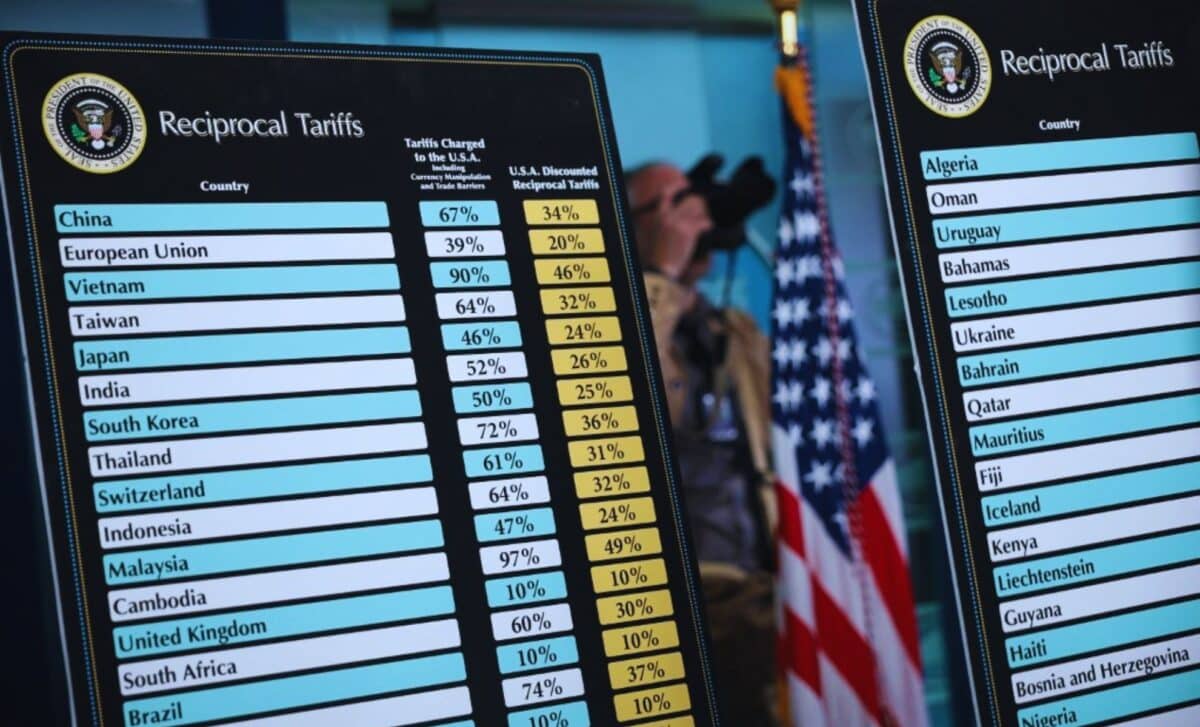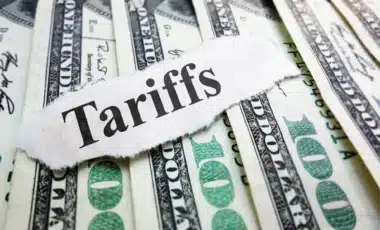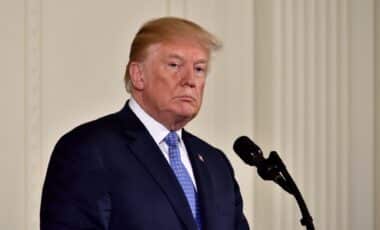In a recent interview, a senior official from the Trump administration acknowledged that the highly publicised tariff strategy aimed at reshoring U.S. manufacturing would not revive the traditional factory jobs many had hoped for. Instead, the future of U.S. manufacturing could be dominated by automation, leaving human workers sidelined.
Howard Lutnick, a key figure in the administration’s trade policy, appeared on CBS’s Face the Nation on Sunday, where he addressed concerns over the economic implications of President Donald Trump’s tariff plan.
While promising that new investments would flow into the U.S., Lutnick conceded that automation would play a central role in the envisioned manufacturing growth, reducing the need for unionised labour in the process.
A Shift in Focus: Tariffs and Automation Over Jobs
President Trump’s tariff strategy, which imposes duties on a vast range of U.S. imports, was originally framed as a means of restoring American manufacturing jobs. However, Lutnick’s recent statements suggest a shift in expectations.
Instead of creating jobs for U.S. workers, the investment that the tariffs are designed to attract may instead lead to factories increasingly run by robots.
Lutnick reassured CBS host Margaret Brennan that automation could be beneficial in the long term, suggesting that the U.S. would see an explosion of opportunities in mid-level trade professions, such as mechanics and HVAC technicians, to support the new automated facilities.
However, this would not bring back the kinds of unionised, working-class factory jobs that were once the backbone of American industry. “It’s automated factories,” Lutnick acknowledged, admitting that the shift towards robotics in industries like iPhone assembly would replace large swathes of the labour force.
The Economic and Political Uncertainty
Despite the promises of new investments, the tariff strategy has been marked by inconsistency and uncertainty. According to reports, Trump administration officials have failed to clarify whether the tariffs will remain permanent or if an agreement with foreign leaders might lead to reduced barriers.
This ambiguity has raised concerns among critics, who argue that the tariff plan may backfire by increasing costs for U.S. consumers and disrupting global trade relations.
Moreover, the strategy has contributed to market instability, with significant losses in stock indices in recent weeks. The economic impact has sparked fierce debate, particularly as China and other nations have begun to announce retaliatory tariffs.
Critics of the approach worry that these developments could harm the U.S. economy in the long run, potentially leading to a recession if the tariffs persist.
The Trump administration’s vision for the U.S. manufacturing sector may no longer rest on the revival of traditional factory jobs but on an increasingly automated future.









